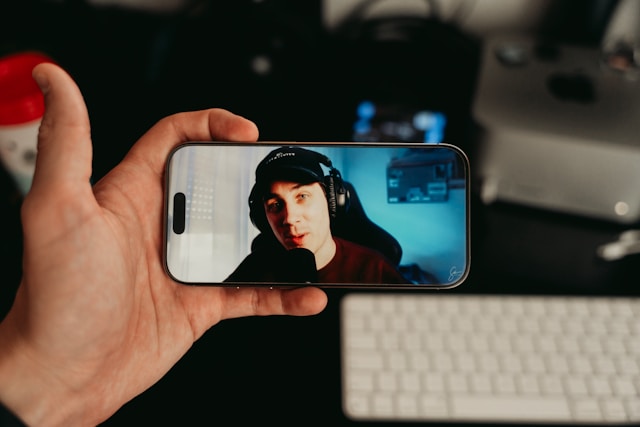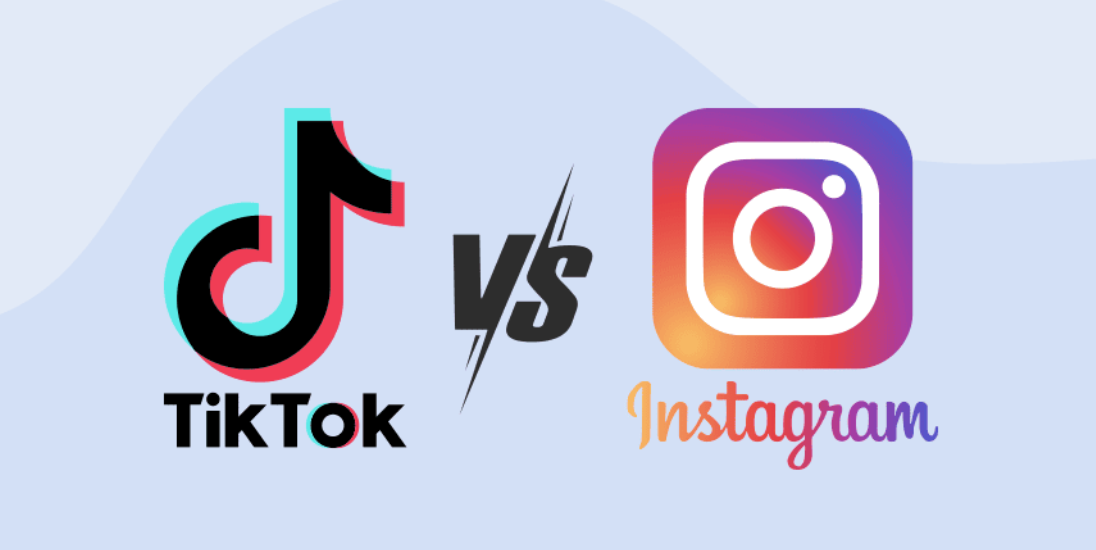Influencer marketing for Gen Z is a trust business. This generation grew up online. They evaluate creators with a sharper filter than older groups. They study behavior, cross-check claims, and reward voices that earn their confidence. For D2C and B2B brands, this means a clear shift. Influence is no longer based on fame. Influence depends on credibility.
This article explains how trust shapes Gen Z decisions. You will see why micro and nano creators win more attention, how follower count supports perceived credibility, and why long-term creator partnerships deliver stronger results. You will also see how Gen Z verifies creators through peers, comments, and social proof before buying. Each insight is backed by recent research and data. These findings support a practical approach for brands and agencies that want reliable results with this audience.
Why Trust Matters More Than Ever for Gen Z
The trust economy in influencer marketing
Trust drives Gen Z’s buying behavior. Whop.com reports that over half of consumers trusted influencers in 2024. Gen Z scored higher than older groups. The Shelf reports that 94% of Gen Z trusted influencers. Small creators earned stronger trust due to clear values, shared interests, and consistent interaction. Sprout Social found that 53% of consumers trusted influencers who aligned with personal values.
From purchase inspiration to buying decisions
Sprout Social reported that 49% of consumers made monthly purchases based on influencer content in 2024. Gen Z showed stronger activity. They respond to creators who integrate products into daily content, not only sponsored placements. IZEA found that 42% of Gen Z used TikTok for product research before major purchases. Influencers guide research, not only impulse moments. This strengthens the case for creator partnerships with depth, frequency, and relevance.

What Kind of Creators Gen Z Trusts
Micro and nano influencers over celebs
Data from Amra and Elma shows that 69% of Gen Z preferred recommendations from micro influencers. Smaller creators appear more grounded and more connected to their communities. Academic studies from the Journal of Innovative Research and Business Studies reported higher trust, loyalty, and engagement when brands partnered with micro and nano creators. Gen Z sees these creators as closer to their peer circles.
The role of follower count and quantifiable credibility
Sprout Social reported that only 35% of Gen Z ranked authenticity as the top factor when selecting influencers. 47% ranked follower count as the key factor. Favikon analysis supports this. Gen Z expects influence to show scale, reach, and authority. Brands need to assess credibility through engagement strength, reach quality, and trust signals.

How Gen Z Verifies and Validates Influencers
Peer networks and social proof
Gen Z checks creators through peers and online communities. Research on information sensibility shows that they evaluate claims with social input. Before buying, they scan TikTok comments, Reddit threads, and chat groups. This gives brands a clear direction. Encourage comment activity, prompt creators to interact, and support UGC around each collaboration. Strong social proof strengthens trust and reduces doubt.
Transparency and disclosure
Clutch.co reported that 53% of consumers trusted influencer recommendations less when creators received payment. 87% believed influencers had used the product they promoted. Brands need transparent disclosure, real product experience, and clear communication. For Gen Z, honest usage strengthens credibility more than polished production.
Strategic Approaches for Brands and Agencies
Building long term influencer partnerships
Sprout Social reported stronger engagement from Gen Z when creators acted as long term ambassadors. Long partnerships allow creators to integrate products into daily routines, refine narratives, and deepen audience understanding. Brands gain lower acquisition costs, more reliable conversions, and stronger retention.
Leveraging UGC and micro influencer communities
Amra and Elma found that 61% of Gen Z preferred UGC over polished ads. Brands should motivate creators and audiences to produce product demos, tutorials, and reviews. Micro and nano influencers excel here. Their communities respond faster and share more content. Incentives such as discounts, affiliate links, and public features increase participation.
Risks, Skepticism and the Future of Gen Z Trust
De influencing and skepticism
De influencing grew quickly on TikTok. AP News highlighted creator trends where they recommended against overhyped products. This supports trust. Gen Z respects creators who critique products with honesty. Brands need to allow creators freedom to share real experiences. Strict messaging requirements weaken trust.
The rise of AI and virtual influencers
Some Gen Z users follow AI influencers. Studies reported interest in creators with high reach, even if not human. This raises transparency issues. Brands need clear communication about AI involvement, data sources, and purpose. Ethical clarity shapes long term trust.
Measuring Trust and ROI
Beyond reach and into credibility
Traditional KPIs show volume, not trust. Brands need deeper metrics.
Key measures include:
- Audience sentiment inside comments
- Recurring engagement from the same followers
- Conversions tracked through creator links or codes
- Brand lift from sustained partnerships
Tools and frameworks
Platforms such as Avalan, Sprout Social, Favikon, and CreatorIQ support analysis. Brands should set benchmarks for sentiment, community interaction, follower quality, and purchase patterns. Surveys and social listening offer direct insight from Gen Z buyers. Combine these data points to refine strategy.
Conclusion
Influencer marketing for Gen Z depends on trust. They evaluate creators with intention, cross-check claims with peers, and reward brands that support transparency. Micro and nano influencers remain strong partners, especially in long term collaborations backed by UGC. At the same time, Gen Z tracks creator influence through numbers, not only personality. Trends such as de influencing and AI creators shape new expectations. Brands that respond with honesty and clear communication earn the advantage.
Success depends on accurate measurement. Monitor sentiment, repeat engagement, conversions, and brand lift. Listen to feedback and adjust with precision. When creators earn trust, your brand enters conversations that influence real decisions.
What is your biggest challenge with Gen Z trust?
Have you tested long term creator partnerships or micro influencer strategies?
Share this article with your team to support better planning.
About Avalan
Automatic tracking of posts, Stories, Reels and TikToks saves you time and ensures you always know what’s live. Collaboration, content approval and performance dashboards are all handled in one place - no more spreadsheets or scattered workflows.
Whether you're a D2C brand scaling campaigns, a B2B marketer building trust, or an agency managing multiple clients, Avalan gives you smart tools to run smarter influencer programs, faster and with confidence..






.webp)
.svg)
